I feel like I’ve found a new home on Instagram. Amongst all the pictures of people’s meals, and selfies accompanied with sage-like advice from the yoga spiritual-ati, I’ve found artists, social photo-journalists, photographers still dedicated to film… and lots of photos of pretty motorcycles (c’mon… I gotta get my Cafe Racer porn fix in daily).
It took me awhile to start finding worthy people to follow, but I found a rhythm going through hashtags that I post my work to, and using the Search section in the app and scrolling through the suggestions. I’ve discovered some nice gems that don’t have a huge following (I can relate to that), but they’re such talented photographers, I wanted to help spread the same stoke I have for them and their work.
HUICHOLES DEL TABACO

César Rodríguez has created a very moving body of work that focuses on the Huichole people of Mexico. They are native mountain people from Nayarit and Jalisco that work the tobacco fields, and provide cheap labor for the huge tobacco companies, British American Tobacco and Philip Morris.
And when I say cheap labor… I mean real cheap. And as César points out, the workers can sometimes work up to 20 and 22 hours at a stretch.
The images remind me of one of my hero’s early work. Sebastiao Salgado photographed workers in South America working in the most inhospitable of environments; the Peruvian mines were most notably extreme.
César’s photos evoke the similar emotions when I look at them. Seeing the injustices of people working (and living) in direct contact with pesticide and fertilizer without proper protection is heartbreaking. And yet they’re framed in the context of beauty. The tones he gets from his black and white work are stunning. And this image posted is reminiscent of Diego Rivera’s paintings of Calla Lilly Vendors from the 1940’s.
I hope we see a book on this project, or at the very least a feature in Lenswork.
Gilles Nicolet

I responded to Gilles’s work very quickly, as his subject matter centers on Tanzania and the local fishermen. Although, if I compare my own project on fishermen in Baja, I’ll cry as his work is some of the most stunning I’ve seen.
Unlike Huicholes Del Tabaco, there are no injustices here, just a glimpse into the lives of a proud people living off the sea, providing for themselves, their families, and their community.
But that glimpse reaches Paul Strand and Jock Sturges levels of beauty. Gilles knows where to place his lens to find the simplest form, but also knows when to click the shutter to grab the emotion and pull you in to participate with the drawing of the fish nets, or bartering for the days meal, even though you, yourself, speak no Swahili.
The other day Gilles mentioned a book he was working on that would see the light in 2017. He can count on me being first in line for one!
Jose Luis Barcia

I just realized after I started writing this, that Jose Luis has close to 20,000 followers. Well, that’s ok. Maybe this will push him over the 20k mark.
Jose’s work in Madrid could be simply called Street Photography.
But No!
This is Street Photography meets Post-Metal meets Post Modern Art.
Whether he’s shooting in black and white, or color, Jose Luis is pushing everything to the extreme:
-Subtle tones of shadow? No! Inky blackness!
-Smooth gradations of pastel mustards? No! Fire hydrant yellow bright enough to singe your eyebrows.
Even the angles he seeks out are the most extreme. When people talk about finding your style, this is just that. He’s found his voice, and is clearly redefining what Street Photography can be.
Peyman Hamidipoor

In 1979, when I was three, the Hippie Trail was ostensibly shut down with the rise of the Iranian Conflict. When I was three, I didn’t have the dreams of doing a huge motorcycle trip over the Hippie Trail like I do now.
Borders and governments really hamper the full experience of humanity, don’t they?
The U.S. and Iranian relationship seems to have been bent to extremes since then. No thanks to Little Bush proclaiming them an enemy. And while Obama might have done a fair amount to rectify that, what will our next guy do?
I think the current status of travel in Iran for American’s is by guided tour only, and the U.S. government has a travel advisory against travel there. I hope I get to travel there freely one day, and experience the culture, witness the beautiful customs and greet people in Persian without restrictions, and without tension between our peoples.
Until that day, I’ll continue to look at the images of Peyman Hamidipoor. He approaches his subjects in context with time and place. Architecture and place is on display as much as the people. To me, this is where the splendor comes from. This is what I would be relishing and soaking in if I were there. Hopefully that will be soon.
Lasse Ihlow

In 2005, while living in Thailand, once a month I had to run to the Burmese (Myanmar) border to step out of Thailand, and get my passport renewed for another month of stay in the country.
I fell in love with the people in that little border town. The kids would run up and shout the only bits of English they knew. If you were American, they’d shout “Basketball! George Bush!” If you were English it’d be “Futbol! David Beckham!” If you were Canadian, they’d just be confused.
The kids were knew everything too. They were essentially ‘tiny fixers.’ They got to know I always wanted cheap Burmese whiskey (which was great in Coke), and I’d always return with a couple bottles. For their efforst, the kids would get some coins for hooking things up.
I also recall seeing the men all wore long skirts called lungis like they do in parts of Bangladesh and India. I even bought a couple. They’re the best on super hot and humid days.
Watching those men standing around the docks in their lungis is like looking at Lasse’s photos. He manages to capture candid daily moments in Burmese life. A day at the beach, the machinist working, a farmer tending to his cow with crutches. These are the moments that you hope to have when traveling; to experience the lives that others lead and to maybe share a smile, and perhaps a Burmese whiskey and Coke together.
Last thoughts.
I love the work of all these artists. Some have been recognized by others, some haven’t, but they do deserve it.
I will note that one thing that is missing for me, with the exception of César Rodríguez and his ongoing story of the tobacco workers, is that none of the others provide any context or story about their subjects. I know it’s just Instagram, but I would love to have some background on each photo and person. That’s just me though.
Who are you loving?
I really hope you enjoy looking through these photographer’s work, and that you start following them. Please tell me what you think, and if I should do more of these, in the comments.
Also, please tell me who else I should be following. This round was mostly social documentary/photojournalism, so if you know of anyone working those areas, please list them in the comments below and I’ll check them out.
And if you want to follow me, I’m @WilliamBahiaBay
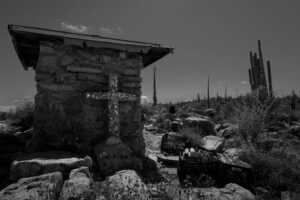


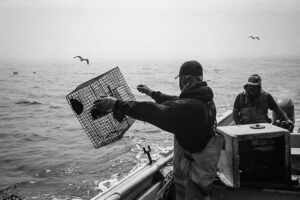
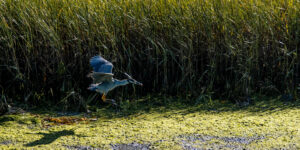
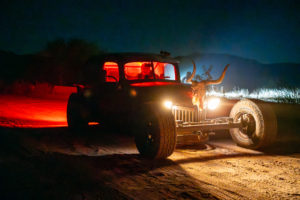
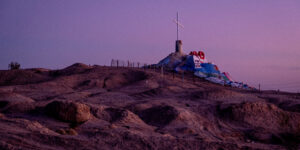
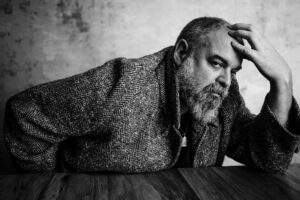

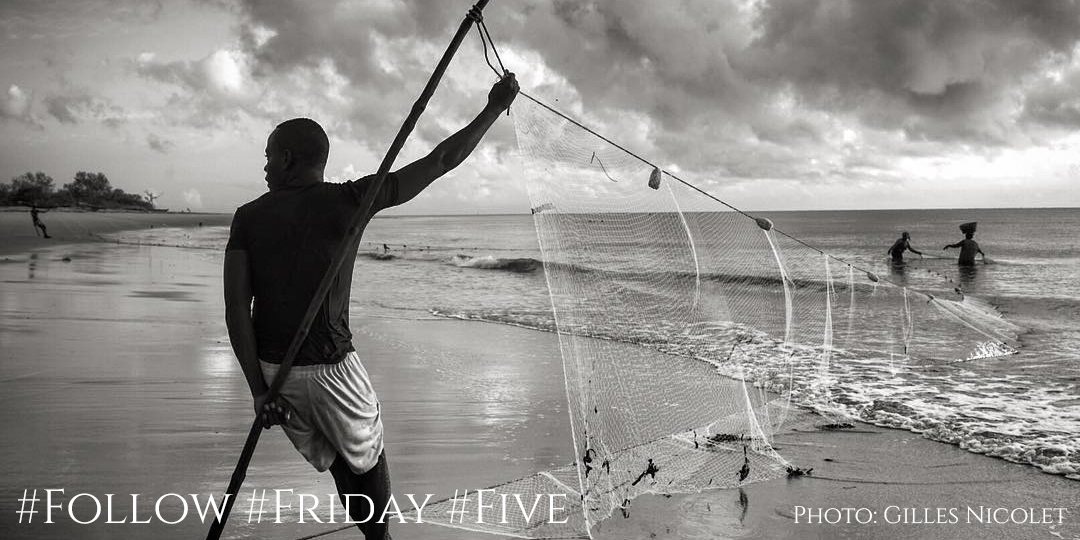
Leave a Reply